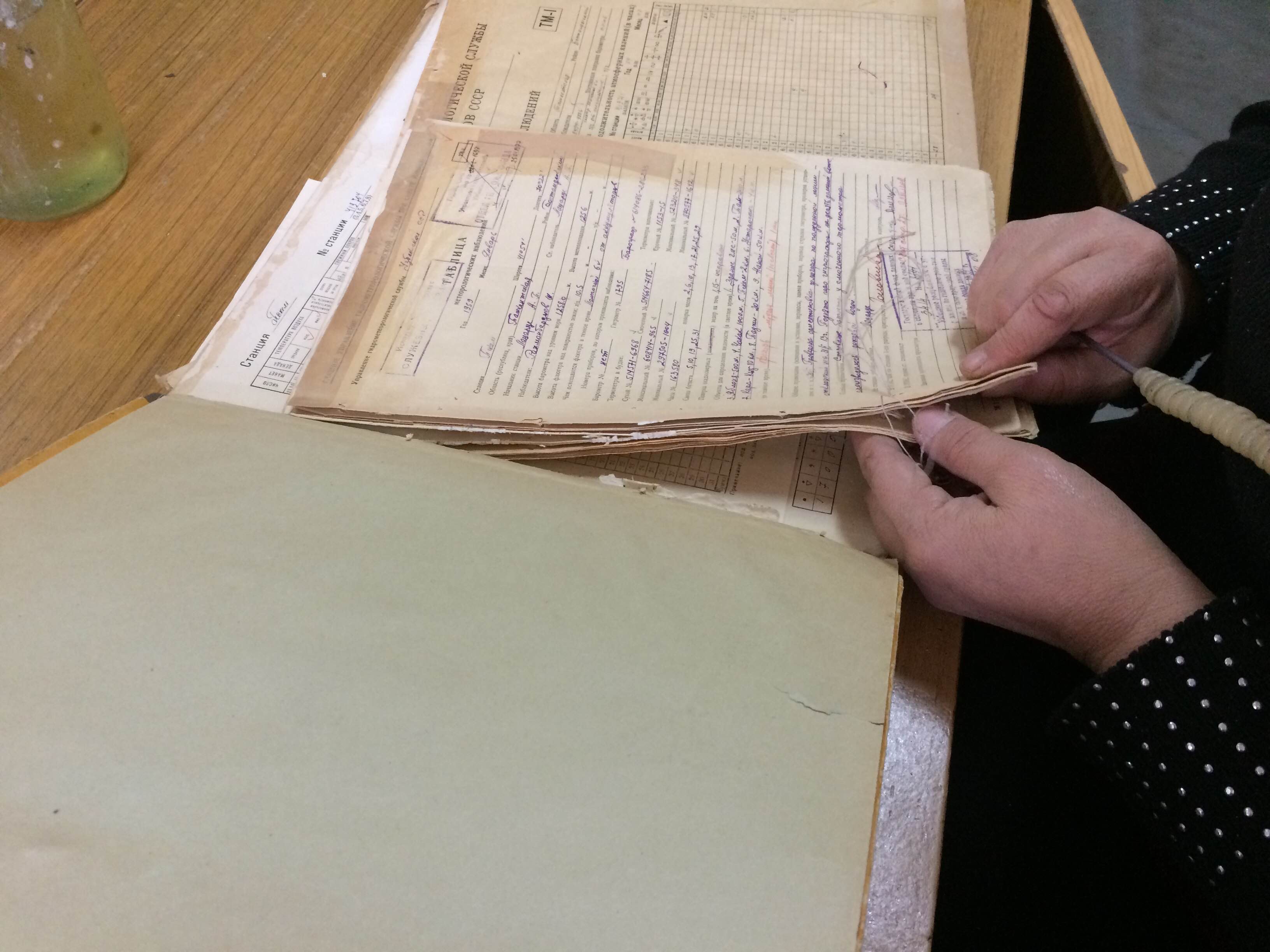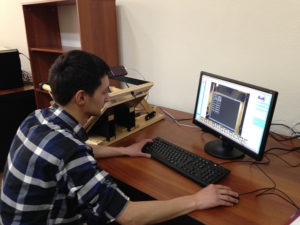 Background
Background
Uzbekistan has preserved hydrometeorological observational data since 1867. This hydrometeorological data (estimated at 17 million pages of paper) is of significant historical value. When preserved and digitized for easy access and study, the data will be of great value in planning for agriculture, complex water resource management, power stations, gas and oil industries, auto and rail transportation, aviation, communication, civil engineering and construction, urban economic development, tourism, and understanding climate change and global warming.
Uzhydromet declared that hydrometeorological data preservation and utilization is one of the major directions of the organization’s development and identified the “Uzbekistan Climate Data Restoration Project” as a top priority.
The Korea Meteorological Administration (KMA) provided funding for the project. Together with the World Meteorological Organization (WMO) and the International Environmental Data Rescue Organization (IEDRO), Uzhydromet embarked on rescuing this valuable hydrometeorological observational data by converting hard copy (paper) observations into digital images.
 Current Status – February 2020
Current Status – February 2020
As of February 2020, Uzhydromet has converted over 7 million pages hydrometeorological observations into digital images and this operation is on track to complete this first phase of data rescue by the end of 2020- providing this operation has funding to maintain staff and equipment.
Moving forward Uzhydromet plans to make scientific use of this valuable historic information by digitizing the information contained on these images for importation into database management systems for modeling and analysis by researchers, planners, and decision makers. Additionally, Uzhydromet has offered to allow the world scientific community access to their data once digitized which is in full accordance of the desire of the World Meteorological Organization (WMO)
Information and Resources
Project Photos
- Initial Assessment – October, 2014
- Data Examples – October, 2014
- Data Rescue Implementation – March, 2016
- Project Assessment – October, 2016
Project Videos

